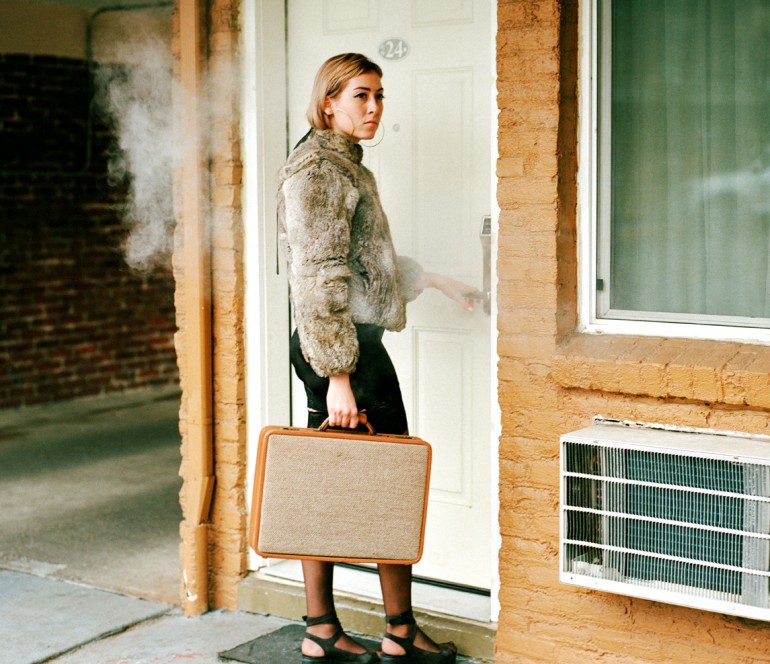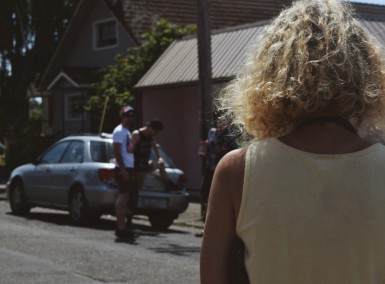
Untitled, Molalla, Oregon, USA, by Colette Pomerleau.
Preparing To Never See You Again is a truly intriguing exhibition. Three power ladies stand behind it. We got the chance to talk with Colette Pomerleau, Marie Weikopf and Shannon Wolf about the theme of it, the art of photography and learn some more about them. If you find yourselves in Berlin during the rest of December make sure to stop by id22 in order to reflect on the idea that ‘nothing is promised to last‘.
Give us each of you a short run through your lives and career.
Colette Pomerleau: I was raised in Las Vegas, Nevada and never knew why or connected with that city, so I moved to Portland, Oregon as soon as I got the chance. Portland opened a lot of doors for me: music journalism, exploration through any medium I could get my hands on and (as cheesy as this sounds) connecting with nature through all of these processes. I’ve recently found something specific I enjoy creating: moody art that makes people feel uncomfortable.
Marie Weikopf: I was born in the southwest of Germany in a small town named Saarbrücken near the French border. I grew up with my French mom and my brother. When I was eighteen, after finishing school, I didn’t lose time to leave my hometown and head to Berlin. I studied tourism because of my passion for travelling and languages. But then I needed to go back to my everlasting passion: art, design and photography. I studied communication design focusing on photography and started working as a photographer’s´assistant. For the past five years, I have been working as a freelance photographer in the fields of fashion, lifestyle and music and as a director of photography in film. Nevertheless, I am always pursuing personal art projects.
‘I never truly thought of myself as an artist’
Shannon Wolf: Making art and taking photos have been a part of my life from almost as long as I have memories. After years of my mother watching me snap pictures constantly with our family point and shoot, she gifted me my first ‘real’ camera, a Canon AE-1, when I was in middle school and around this time I also discovered instant film which has become a life-long passion. Throughout middle and high school I constantly took photos, played around with the first version of photoshop, made collages, painted on my walls, sewed clothes, and really found myself through making and creating. I loved my art classes and discovered a meditative peace in the darkroom in my photography class. However, I never truly thought of myself as an artist. Entering college I was convinced I would become a doctor or a nurse, but after a year of trying to focus on these things it became apparent where my true passion lay, and I switched to an art major with a focus in creative photography. Like Colette, I was raised in a place I never felt any connection to, Florida. So once I had found my calling, I knew it was time to go. I packed up my car and drove to Portland, Oregon 6 years ago and never looked back. The creative scene in this town is so rich and the natural wonders so inspiring, I can’t imagine being anywhere else. I completed my fine arts degree here and now work as a freelance photographer and a studio artist.

The 5th Floor, by Marie Weikopf.
How did you decide to work on this exhibition together?
Colette: I met Shannon Wolf through mutual friends and moved into the same house before I temporarily relocated to Berlin. I always knew and recognized her photography as the ideal perception of Pacific Northwest and ultimately, freedom as a young creative. I met Marie through Tumblr actually. I came across her photos while looking through Berlin hashtags (lurking) before I moved to the city. When we met for the first time, I didn’t expect to connect as much as we did. This exhibition was the perfect reason to collaborate and work on a concept together. I think it’s beautiful the way things happen this way. Both of these ladies make me feel good about what I’m doing and who I am.
Shannon: I am beyond grateful that when Colette hatched the idea for this exhibition, she thought to invite me to be a part of it. My initial thought was that this is a really beautiful pairing, as we are all female photographers in our twenties and as part of that demographic we aren’t often given the space to show our work apart from a more diverse group. More so, I really think of Colette as this beautiful link between two places that have so much in common. I live in Portland, Marie lives in Berlin, and Colette, in a way, is currently suspended between the two, and as such, she serves as a bridge between these two richly creative cities.
What’s the theme of Preparing To Never See You Again?
Colette: Because my time in Berlin is so fleeting, it shed light on how everything is that way in the end. I don’t see these temporary emotions and experiences as a negative thing. Personally, it’s empowering and liberating and keeps me in check.
Marie: Each of us (Colette, Shannon and myself) have different approaches and show different pieces of work. There are documentary photos and staged photography. One question here also is, if this really makes a difference. But this is up to the interpretation and discussion. In ‘preparing to never see you again’ we all deal with the subject of evanescence/perishability. This issue is also in the nature of photography itself. Even a photograph isn’t steady, it changes with time, with the beholder and the context. So we tell about how everything is fleeting, how ‘nothing is promised to last’. Which can be ok. Of course what comes to mind first, are goodbyes between people. Of lovers, friends or family. But there is more, like goodbyes of special moments and feelings and also of places.
You look at a photo showing a landscape for example, which can be in fact part of a metaphor, or a scenery where a special story took place.
A story that is true or invented, but in either way real. Everybody will probably find a different story in a picture and consequently in the series. This is what we mean by ‘a true story is claimed, but photography claims that reality is a point of view.’
Shannon: The true essence of ‘nothing is promised to last’ runs much more deep than the ideas of relationships that come and go, our growth and evolution as individuals, or even our constant journey from life towards death. ‘Nothing is promised to last’ lives and feeds off of every changing moment. It is as simple as catching the eye of a stranger as you pass by one another on the street and it is as complex as saying goodbye to someone you love and never knowing if you will see them again, yet they are the same thing. The idea is not a sad one however, but something that should be learned to be accepted and embraced. There is a special freedom in knowing that your entire life could change in the blink of an eye, that even by the time the shutter is released, that moment is gone and anything can happen next.
‘Art photography has evolved to a significant and well recognized part of the art world’
If I get it right, with your exhibition, you aim to get us back to when photography used to hold the title of the most vivid storyteller. Do you think that nowadays that pretty much everybody has a camera in their hands, the art of photography is losing its point?
Colette: I don’t think the art of photography has lost its point, but it’s become a harder task to find work that I personally connect with. I think it’s great that more people are motivated to explore this medium, and with all other mediums-you just need to find your voice. Or maybe you don’t. Maybe it doesn’t really matter at all.
Marie: In some way, yes. Photography seems to play a bigger growing role in counteracting against the elusiveness of moments, of beauty and youth; and is supposed to assure us and others about the worth of it. But nowadays it is especially the act of sharing (not just special but trivial moments) that became the most interesting and powerful part in that, in this case photography became just no more than a simple tool. And of course in order to the availability of cameras and photos, the stories told seem more and more random and trivial. In other times you had to really invest time, know how, money and consideration when photographing. This magic of appreciation is kind of being lost now. Also, photography was a more considered as something private, which I personally still do in a way, but the sense of privacy is in a big change. The interest, the title changed a lot in this field of everyday-life-photography. But on the other hand, this development could also be seen as a whole new section of photography, because still – art photography has evolved to a significant and well recognized part of the art world.
Shannon: I don’t think its possible for photography to lose its point. I think like all art, it is an ever-changing and evolving process. Painting is not what it was 700 years ago in almost any way, but it certainly has not lost its point, its point has only shifted. In a society that is more and more image-saturated and image-obsessed, the point of photography is simply shifting and it can be difficult to fully ascertain where that shift is heading. Of course, I think there is also a lot to be said about intent when it comes to photography. Yes, you can peruse instagram and get the feeling that everyone is a self-proclaimed photographer these days. However, like with music, I think there is a soul in songs or in photos that is either there or it is not, and you know it when you see it or hear it. That said, creativity is not a well that may eventually run dry.
As long as there are humans, there will be creation, there always has been.
It is only now, through the internet and social media, that we are able to see and connect to all of these other humans who before we would never have known about. I think we should focus on celebrating these new possibilities instead of mourning the passing of outdated ways. Its an interesting point, but Colette only met myself and Marie after first having an introduction to us each via social media sites. I think theres a great beauty in that, and perhaps its shows that the new point of photography is shifting more towards a means of connection versus its original purpose of documentation. I think Preparing To Never See You Again does a wonderful job of marrying the ideas of ‘connection’ and ‘documentation’ together in a beautiful and, at times, unsettling way.
Where can we find you and for how long?
Colette: Marie and I will be close to the exhibition through the end of the month. The vernissage is in the Spreefeld Bootshaus on 7 December around 19:00. The running exhibition will begin on Monday, 14 December in the Project Space of ID22. We can always be found on the internet.
Find more about the exhibition on the Preparing To Never See You Again tumblr.

The Act Of Disappearing, by Shannon Wolf.
—
Photos courtesy of Colette Pomerleau, Marie Weikopf and Shannon Wolf. Internet links for Colette Pomerleau, Shannon Wolf and Marie Weikopf.



